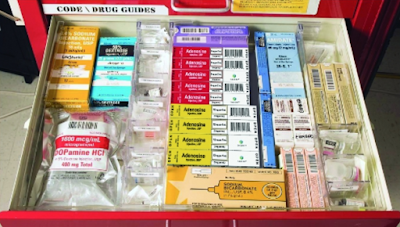Every book written is about "someone is searching for something." - Matt Haig
Author Neil Gaiman shares that "the importance of fantasy is not that dragons exist. The value is knowing we can defeat them." We have dragons of self-doubt or overconfidence, laziness or obsession, selfishness. We must defeat them.
A hierarchy of truth infuses coaching.
- "Coaches are only as good as their players."
- "You can only become as good as you believe you can be."
- "The basic contradiction of the game lies in becoming your best while willingly sacrificing to make everyone around you better."
- "Hold fast to your dreams."
- "Coaches take teams where they cannot go by themselves."
Do players and coaches want or need to be great at their craft? Do you hire the person who wants the job or needs the job? One player wants to give her best. The next is driven to give her best. Whom do you choose?
Coach Don Meyer slayed many dragons. His core values of passion, unity, servant leadership, humility, and thankfulness served as his broadsword and shield. Imbue your team with the attitudes, beliefs, and values that will serve them and others through their lifetimes.
Lagniappe 1: via @RadiusAthletics
Lagniappe 2: via @BBallImmersionSlight lean towards offense but combo drills featuring both O & D are the mainstays. The best offensive drills are good defensive drills and the best defensive drills are good offensive drills. https://t.co/i3zE98t2ZV— Radius Athletics (@RadiusAthletics) January 29, 2019
Players need different tools to create separation. When played tightly, players need to create to create space first. When played loosely, they may need to attack the defender's space first to create separation (see below).#1 Most Replied Tweet of January - A common problem for players at most levels is to move towards the ball when a dribbler is "dead" or they are denied. Teach & emphasize that players should create space first, prior to cutting to help a teammate. Here is an example from the NBA. pic.twitter.com/MsDWAWCav5— Chris Oliver (@BBallImmersion) January 31, 2019






































